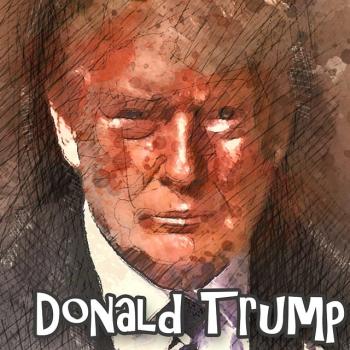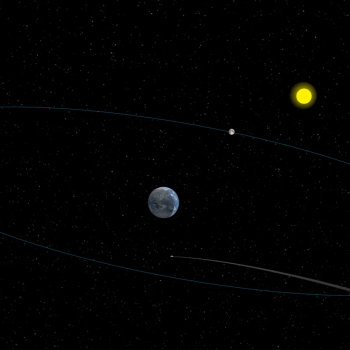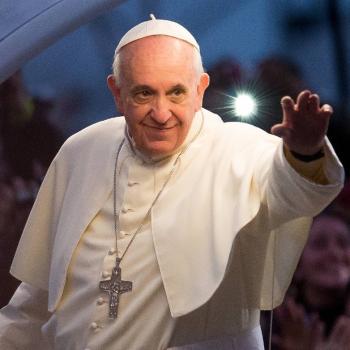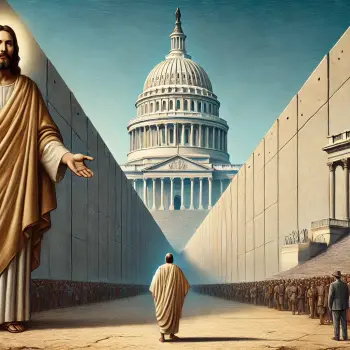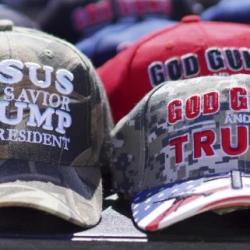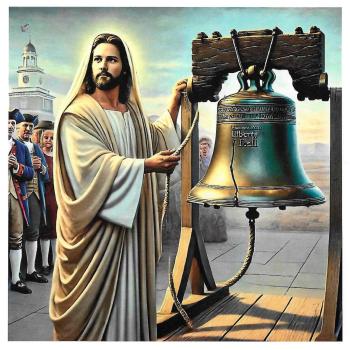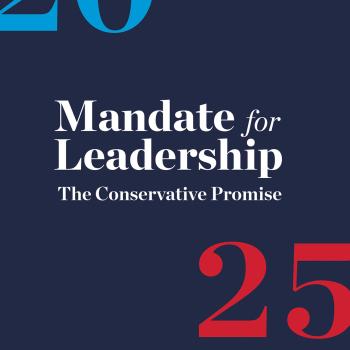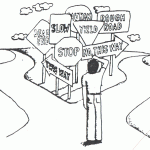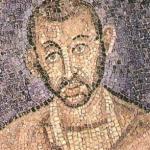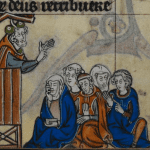UAP Cryptoterrestrial Hypothesis
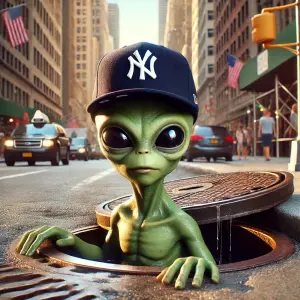
What do we call this mystery again? Flying Saucers? UFOs (Unidentified Flying Objects)? UAP (Unidentified Aerial or Aerospace or Anomalous Phenomena)? Whatever they’re called, we’ve got a new kid on the block. It’s called the “UAP Cryptoterrestrial Hypothesis” or CTH.
Since the advent of the new age of UAP with pilot Kenneth Arnould’s sighting of nine flying discs near Mount Ranier in June 1947, investigators have classified their hypotheses in three familiar categories. Now, do we need to add a fourth?
- Explainable terrestrial phenomena. UFOs become IFOs (Identified Flying Objects)
- As yet unexplainable extraterrestrial phenomena. ETH (extraterrestrial hypothesis)
- As yet unexplainable ultraterrestrial phenomena. UTH (ultraterrestrial hypothesis)
- (3.a?) Cryptoterrestrial phenomena. CTH (cryptoterrestrial hypothesis)
This fourth category may actually be a subset within the ultraterrestrial hypothesis, according to Tim Lomas, Brendan Case, and Michael Masters writing in a recently published scientific article. What we think are space aliens are in fact tellurians, mysterious earthlings. Although the article is identified with Harvard’s Human Flourishing Program, Harvard does not give it its imprimatur. Here is their definition of the UAP cryptoterrestrial hypothesis.
The UAP cryptoterrestrial hypothesis is the notion that UAP may reflect activities of [non-human] intelligent beings concealed in stealth here on Earth (e.g., underground), and/or its near environs (e.g., the moon), and/or even “walking among us” (e.g., passing as humans). (Lomas, Case, and Masters,”The cryptoterrestrial hypothesis,” 2024, 1)
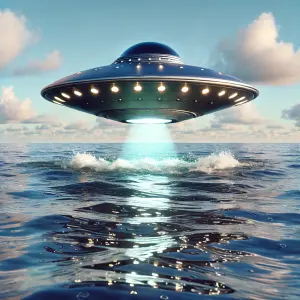
Two aspects of UAP suggest CTH. First, UAPs do more than just fly in the air. There are also unidentifiable submersible objects (USOs). USOs move underwater in ways that “defy explanation.”
Second, some UAP sightings involve craft and orbs that appear to enter and exit underground access points such as volcanoes (Lomas, Case, and Masters, “The cryptoterrestrial hypothesis,” 2024, 5-6).
Mac Tonnies in the Background
Mac Tonnies (1975-2009) provides background for the UAP Cryptoterrestrial Hypothesis now proffered by Lomas, Case, and Masters. In his blog, according to Wikipedia, Tonnies proposed that the beings that are speculated to be behind UFOs and alien abductions are actually mysterious and secretive races of earthly origin, technically speaking a type of cryptid (hence the name, from Ancient Greek: κρυπτός, kryptós “hidden, secret” and Latin: terrestris, “related to the Earth”).
The UAP Cryptoterrestrial Hypothesis in 2024
What might explain non-human intelligence (NHI) “actually having some durable concealed presence on Earth”? (Lomas, Case, and Masters, The cryptoterrestrial hypothesis, 2024, 12). Four sub-hypotheses are adumbrated.
- CTH1: Human cryptoterrestrials from a previously advanced civilization.
- CTH2: Non-Human Intelligence or even animals still terrestrial in origin.
- CTH3: Former extraterrestrial [ancient aliens from the past] or extratempestrial [time travelers from the future] cyptoterrestrials.
- CTH4: Magical cryptoterrestrials such as earthbound angels or fairies, elves, or nymphs.(Lomas, McMasters and Masters, The cryptoterrestrial hypothesis, 2024, 15-16)
The UltraTerrestrial or InterDimensional Hypothesis
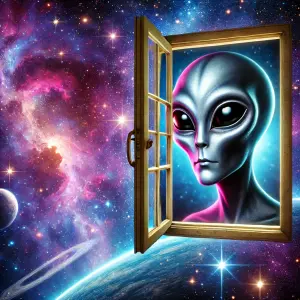
The late 1960s was a time when kooky seers were flying recondite kites about the mysteries of quantum physics. Might there be multiple universes? Did the Big Bang kick out a series of universes, one after the other? Are there one or more parallel universes, each with differing initial constants? Do windows open between universes so that flying saucers can zip from one dimension to another?
Jacque Vallée along with dimmer lights brightened the UFO landscape with such speculations (Vallée 2014). Vallée even persuaded his friend and colleague, J. Allen Hynek, to entertain the ultraterrestrial hypothesis.
This indicates that Loma, Case, and Masters are hanging out in august company when placing the UAP cryptoterrestrial hypothesis within the ultraterrestrial hypothesis.
The UAP Cryptoterrestrial Hypothesis Gets Shaved by Occam’s Razor

Does the UAP Cryptoterrestrial Hypothesis violate the Principle of Parsimony, otherwise known as Occam’s Razor? Accordingly, when two hypotheses are raised to explain one phenomenon, the simpler one should be preferred. The fewer assumptions the better. According to this principle, ETH does not violate Occam’s Razor, whereas both UTH and CTH do.
ETH depends on the known laws of physics and upon established knowledge of exoplanets along with the astronomer’s picture of the universe. It may be difficult to travel the long distances from one star system to another, but not impossible.
UTH depends on an as-yet unproven speculation, namely, that the multiple universes exist. Why would one float a hypothesis built on another unproven if not unprovable hypothesis?
CTH 2,3, and 4 all require unproven speculations as premises. CTH2 requires evidence of NHI equal to ours, which to date does not exist. CTH3 requires an ancient alien version of ETH plus/or the possibility of time travel, neither one of which are proven.
CTH 4 requires belief in magic. What does this require? It implies that scientific method is inadequate to investigating claims of magic. Now, one could demand that scientific method divest itself of its naturalistic assumptions in order to broaden its access to magic. But that’s a tall order. To fill this order requires a complex run around Robin Hood’s barn that the simpler ETH does not require.
In conclusion, of these various hypotheses, ETH should rank higher than either UTH or CTH.
Sidebar on Scientific Method
At this point in time, ufologists are for the most striving to maintain the rigorous standards of conventional empirical science. Yes, in the recent past ufologists and scientists did not attend each others barbecues. There was a rivalry, as pointed out by Greg Eghigian at Penn State University. Scientifically oriented ufologists’…
“…collecting, analyzing, and distributing information were inspired by academic precedents and can be seen as expressions of fondness and respect for science….By and large, their disdain has been reserved for scientists, not science. To academicians, of course, ufologists are only amateurs playing at being scientific researchers.”
If science is the lens through which ufologists must view the phenomenon, then reforming science would require a new eye test and perhaps a new prescription. This is a matter examined carefully by Kimberly Engels.
“If we are indeed dealing with an intelligence, (and I think there are good reasons to suggest we are), the scientific method alone will never be able to fully account for the entire scope of the experience. Thus, we will need the tools of theologians, philosophers, historians, and literary scholars, among others, to help fill in the gaps.”
Until those gaps within the current scientific method are filled in, hypotheses such as CTH will have to stand in line.
Conclusion
One of my favorite conversation confreres in UFO discussion is Jensine Andressen, author of numerous works on this subject (Andresen 2023). She’s an expert. She believes the ETH is much stronger than the alternatives, including CTH.
So, does my critique render the UAP Cryptoterrestrial Hypothesis false? By no means. Rather, it ranks ETH higher on our list of possibilities.
Patheos SR 1186 UFO 16 UAP Cryptoterrestrial Hypothesis
UFOs and Aliens at the Vatican
Are UFOs our Celestial Saviors?
▓
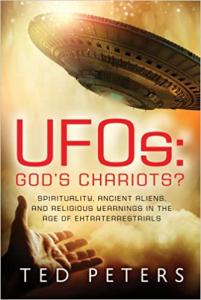
Ted Peters directs traffic at the intersection of science, religion, and ethics. Peters is an emeritus professor at the Graduate Theological Union, where he co-edits the journal, Theology and Science, with Robert John Russell on behalf of the Center for Theology and the Natural Sciences, in Berkeley, California, USA. He authored Playing God? Genetic Determinism and Human Freedom? (Routledge, 2nd ed., 2002) as well as Science, Theology, and Ethics (Ashgate 2003). Along with Martinez Hewlett, Joshua Moritz, and Robert John Russell, he co-edited, Astrotheology: Science and Theology Meet Extraterrestrial Intelligence (2018). Along with Octavio Chon Torres, Joseph Seckbach, and Russell Gordon, he co-edited, Astrobiology: Science, Ethics, and Public Policy (Scrivener 2021). Along with Arvin Gouw and Brian Patrick Green, he co-edited Religious Transhumanism and Its Critics (Lexington 2022). Look for his newest book, The Voice of Public Theology, a collection of previous articles. See his website: TedsTimelyTake.com.
Regarding UFOs, he is author of UFOs: God’s Chariots? Spirituality, Ancient Aliens, and Religious Yearnings in the Age of Extraterrestrials (Career Press New Page Books, 2014). He served as Louisiana State Director for MUON and is currently a member of two UFO investigation organizations, Society for UAP Studies and Scientific Coalition for UAP Studies.
▓
References
Andresen, Jensine. 2023. Hyperconvergenece: Religion, Politics, and UFOs. Independent: https://www.goodreads.com/book/show/197292604-hyperconvergence.
Lomas, Tim, Brendan Case, and Michael Masters. 2024. “The cryptoterrestrial hypothesis: A case for scientific openness to a concealed earthly explanation for Unidentified Anomalous Phenomena.” Philosophy and Cosmology, June: 1-42; https://www.researchgate.net/publication/381405238_The_cryptoterrestrial_hypothesis_A_case_for_scientific_openness_to_a_concealed_earthly_explanation_for_Unidentified_Anomalous_Phenomena.
Peters, Ted. 2014. UFOs–God’s Chariots? Pompton Plains NJ: New Page Books.
Vallée, Jacques. 2014. Dimensions: A Casebook on Alien Contact. Kindle. San Antonio TX: Anomalist Books.






